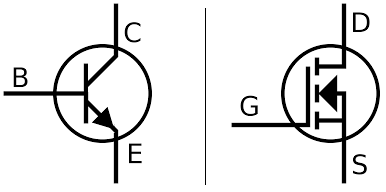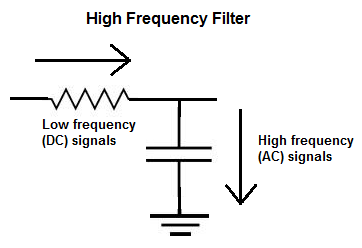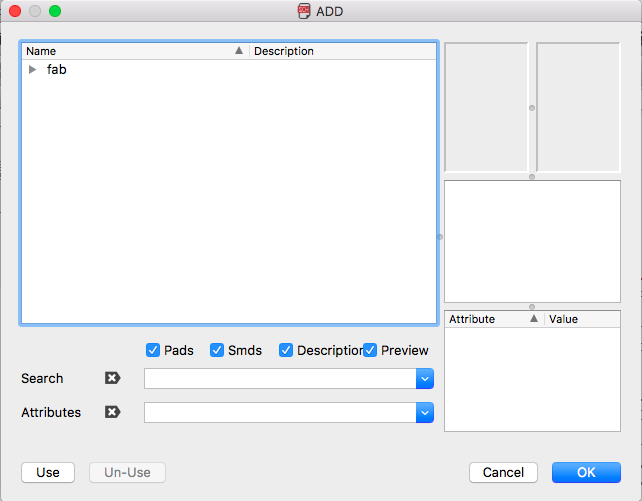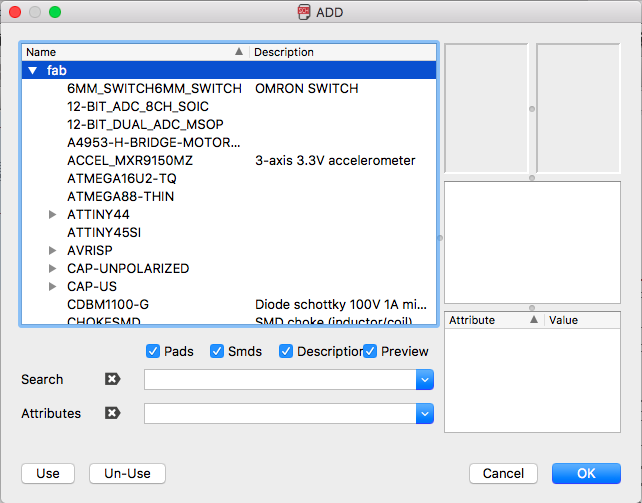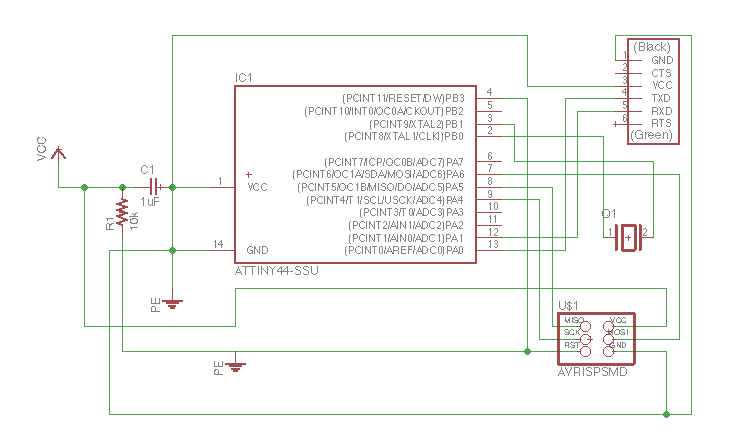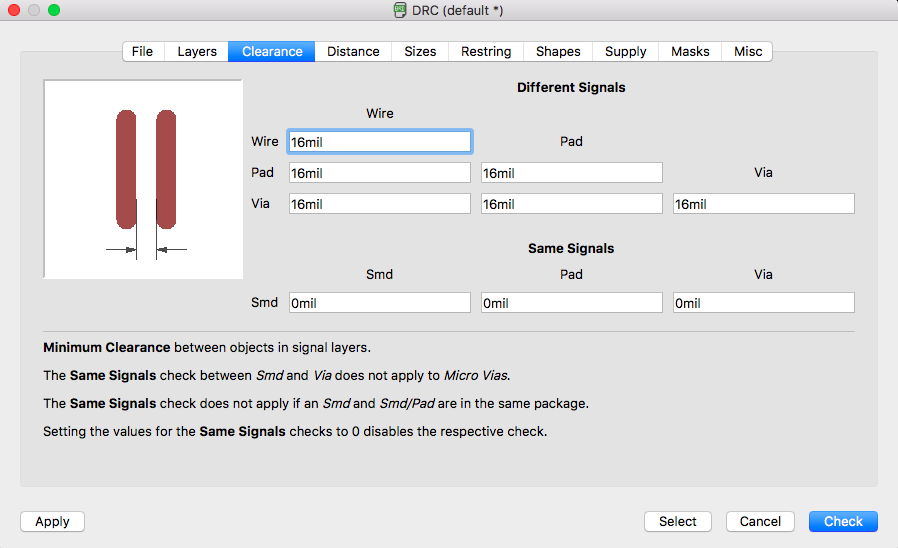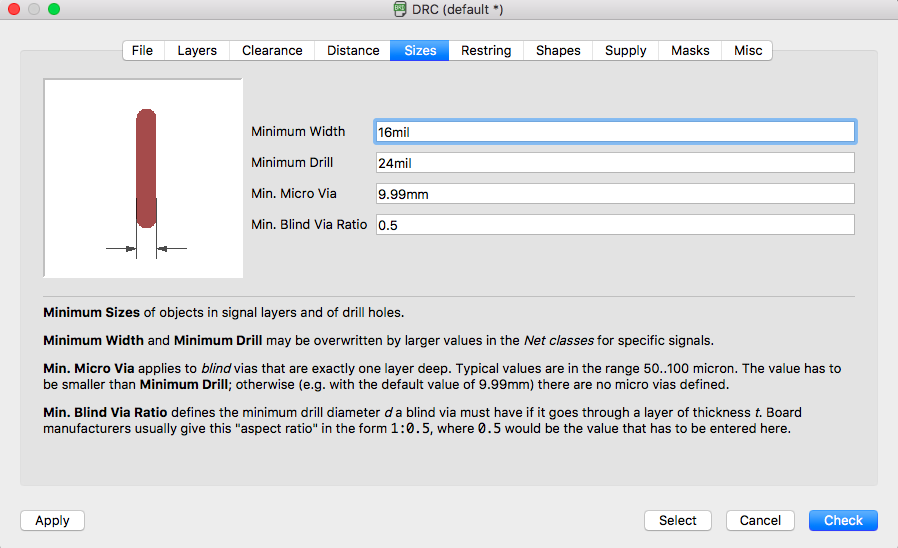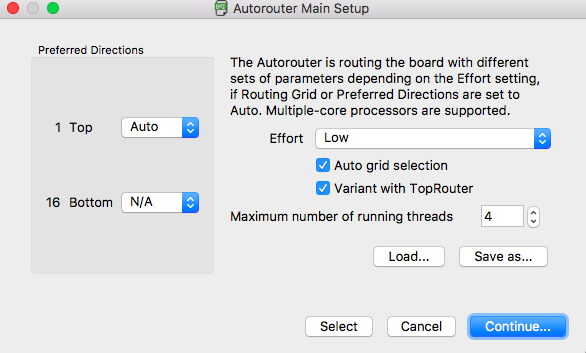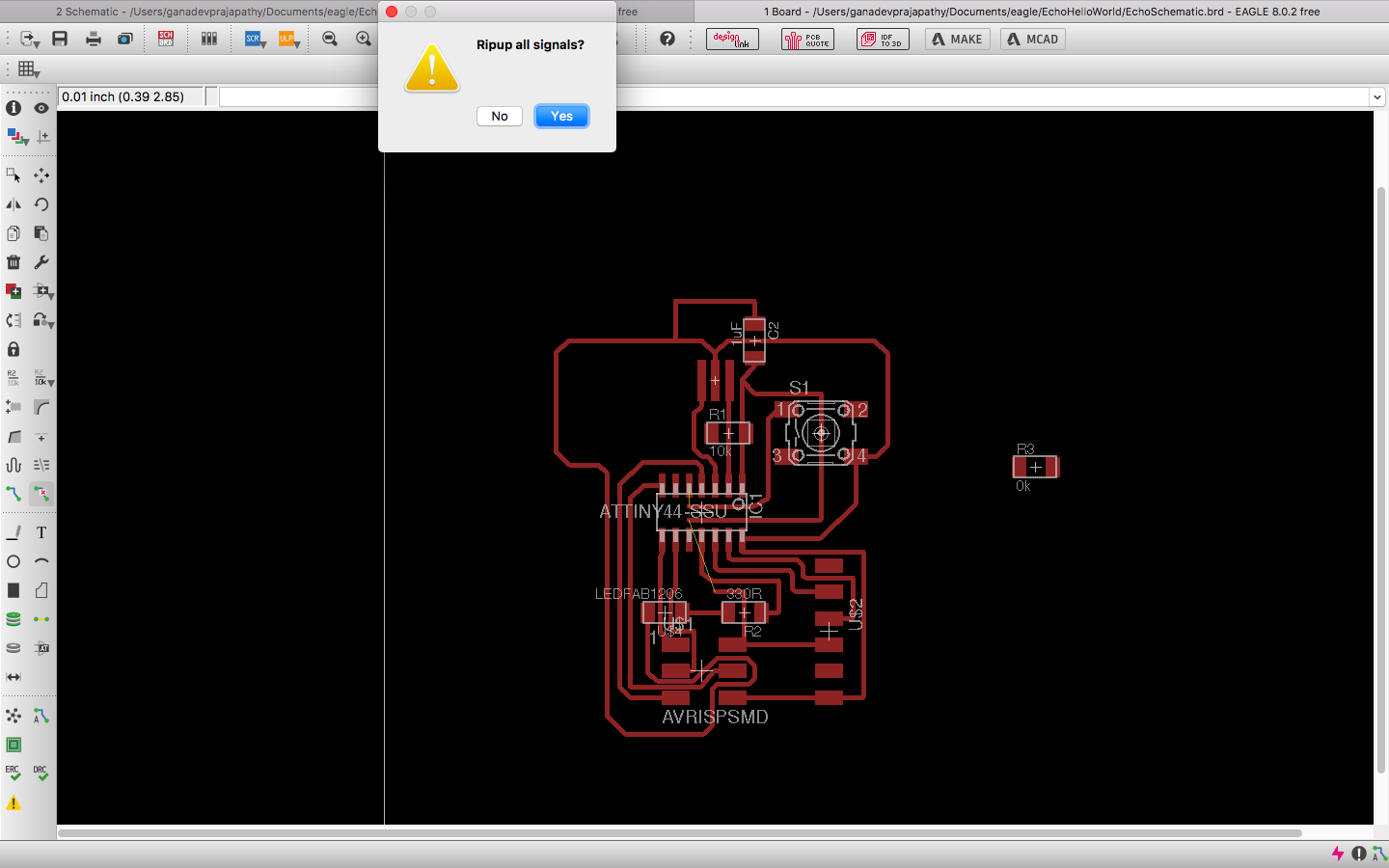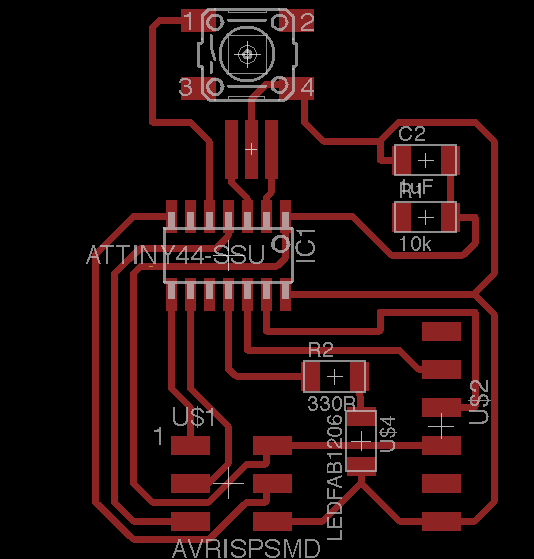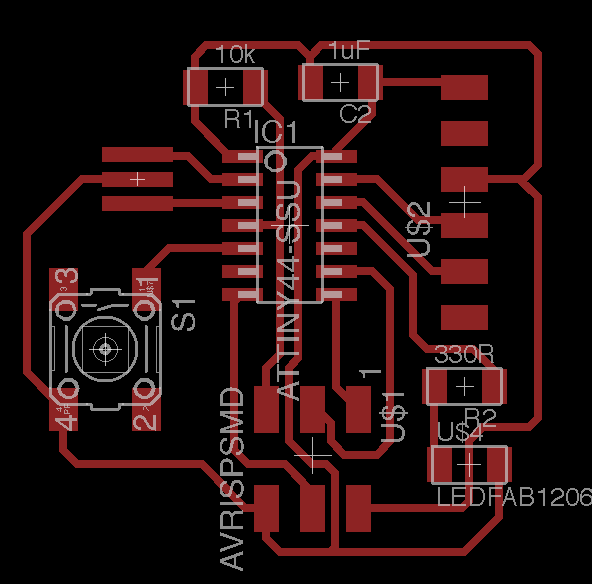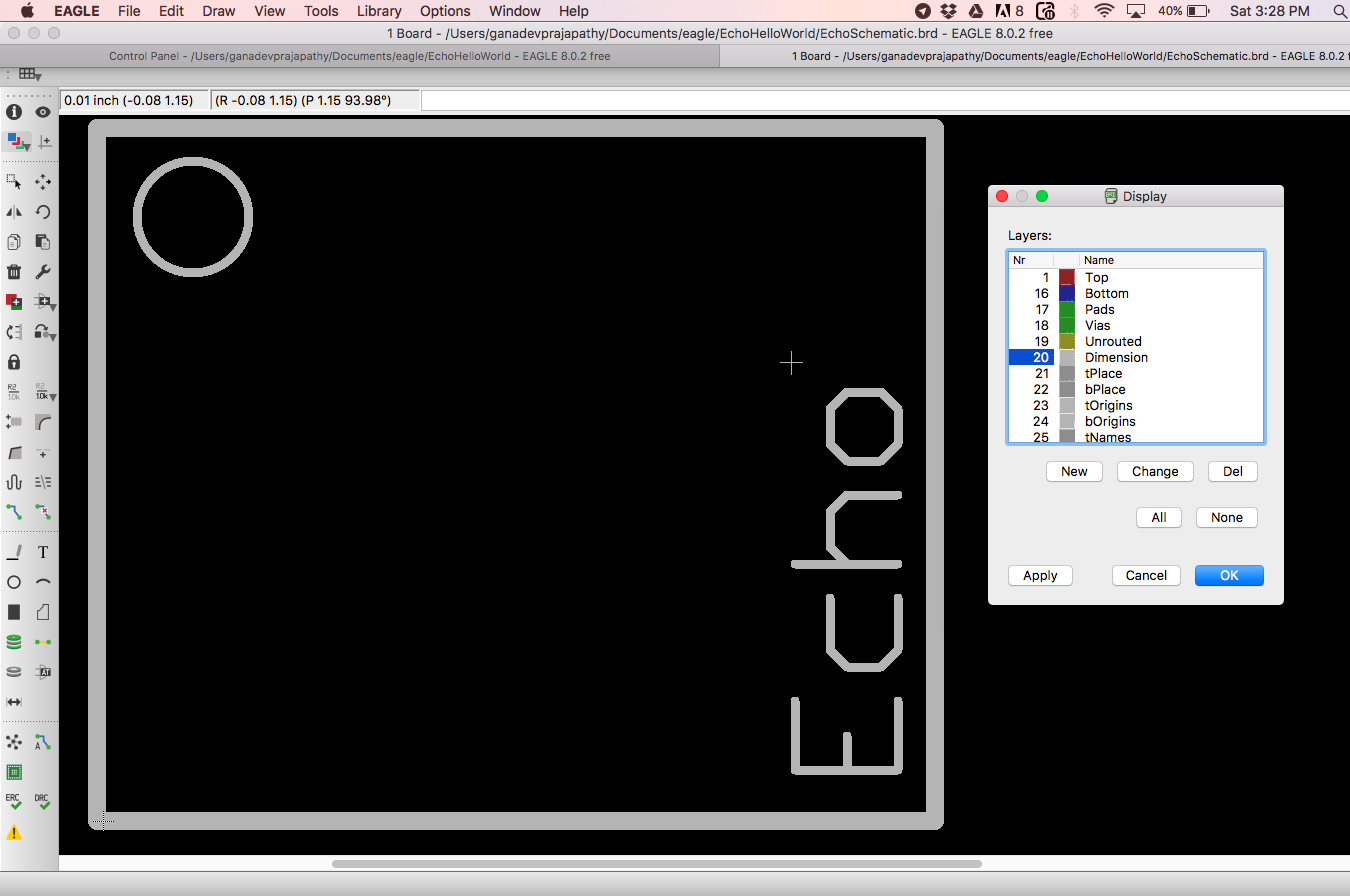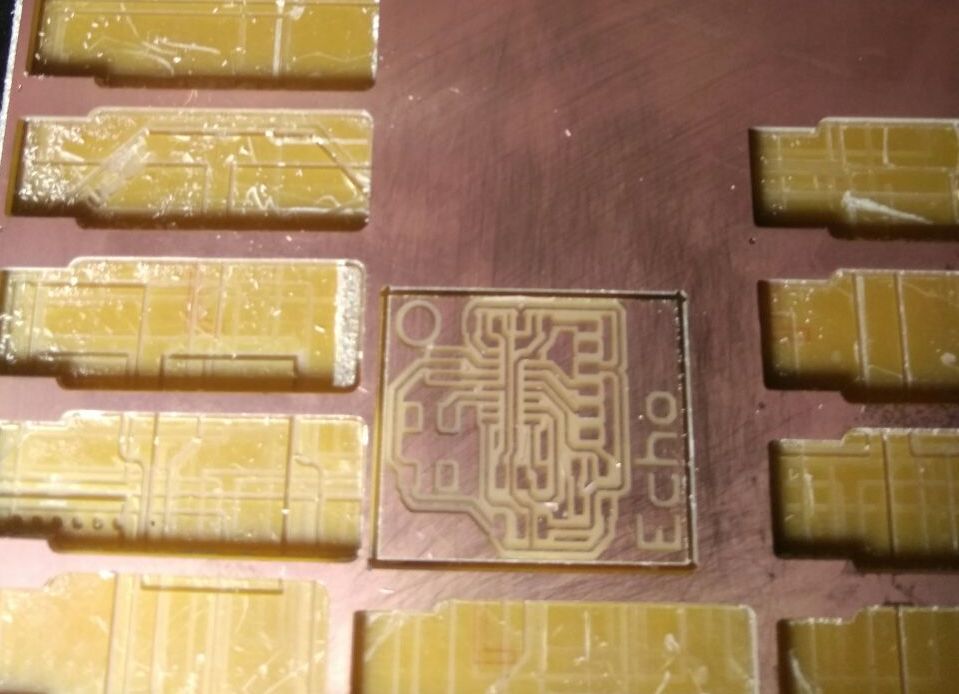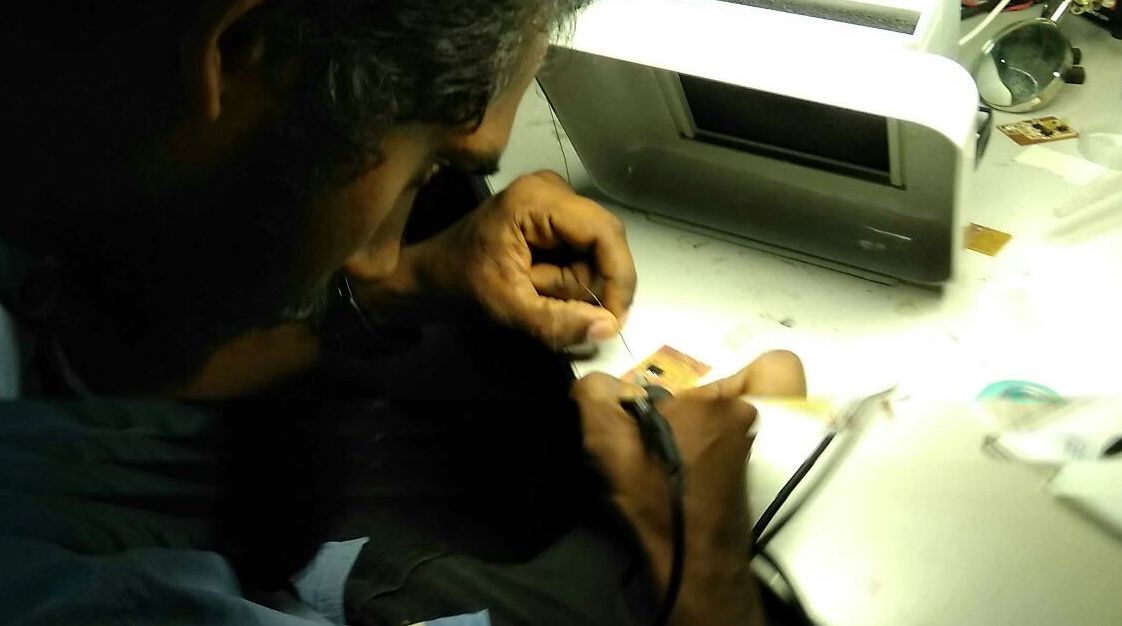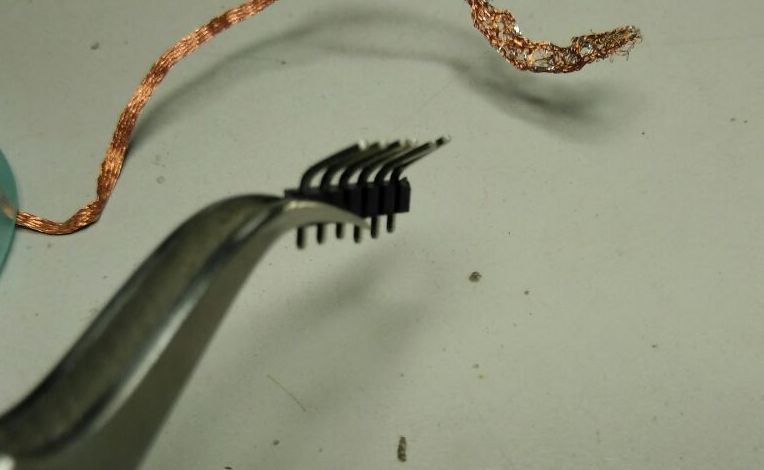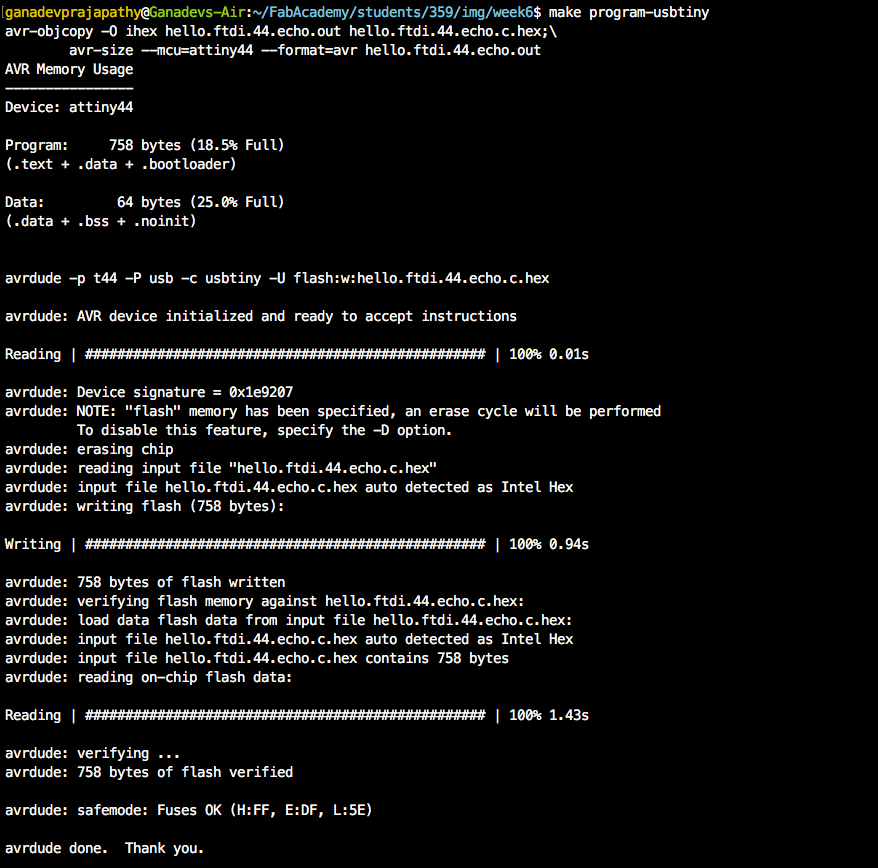This weeks assignment was to redraw the Echo Hello World Board. Along with that we need to add an LED with a current limiting resistor and a button also.
Electronics Fundamentals
To get started, our instructors gave us an introduction to the basic fundamentals of Electronics.
Current (I) is a flow of electricity which results from the ordered directional movement of electrically charged particles.
Voltage (V), also called electromotive force, is a quantitative expression of the potential difference in charge between two points in an electrical field. It can be direct or alternating.
Resistance is an electrical quantity that measures how the device or material reduces the electric current flow through it. The resistance is measured in units of ohms (Ω). If we make an analogy to water flow in pipes, the resistance is bigger when the pipe is thinner, so the water flow is decreased.
One volt will drive one coulomb (6.24 x 1018) charge carriers, such as electrons, through a resistance of one ohm in one second.
Kirchhoff's current law
The principle of conservation of electric charge implies that:
At any node (junction) in an electrical circuit, the sum of currents flowing into that node is equal to the sum of currents flowing out of that node. The algebric equation for the following diagram would look like,
i2 + i3 = i1 + i4
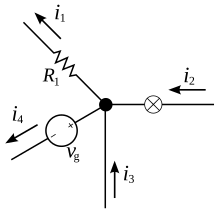
Ohm's Law
Ohm's law states that the current through a conductor between two points is directly proportional to the voltage across the two points. Introducing the constant of proportionality, the resistance;

I is the current through the conductor in units of amperes,
V is the voltage measured across the conductor in units of volts, and
R is the resistance of the conductor in units of ohms.
Faraday's Law
The induced electromotive force in any closed circuit is equal to the negative of the time rate of change of the magnetic flux enclosed by the circuit.
where ℰ is the electromotive force (EMF) and ΦB is the magnetic flux.
-- Wikipedia.


